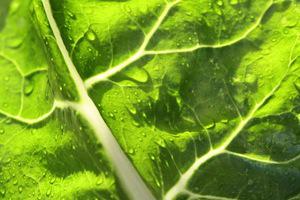If you love to cook at home, you've probably already discovered the virtues of using the freezer!
Sure, you can use it to store frozen stuff you've bought at the grocery store. But you can also use it to store leftovers and even pre-made meals. In fact, one great way to save time and money is to spend part of a day each week cooking meals, then freezing them to enjoy later. Stuff like stews, soups, and casseroles can be prepared in advance, stored in freezer- and microwave-safe containers, then reheated quickly for lunch or dinner. It's a simple way to enjoy home cooked food.
If you're not in the habit of using your freezer, it's easy to start. The FDA's website provides some great tips for freezing food safely, including the following advice:
Freeze food properly to make sure it lasts
Handle, cook, and freeze food properly to ensure it stays safe to eat. Your freezer's temperature should be 0° F (or -18° C) to keep bacteria from growing. Store leftovers and prepared meals in airtight containers, and be sure to follow storage and cooking instructions for frozen food bought at the store.
Monitor freezer temperature
Buy a simple thermometer and keep it in your freezer. Check it once a week to make sure the temperature's properly set, and adjust as needed. It's also worthwhile to keep another thermometer in the fridge!
Don't fret about freezer burn
According to the FDA, freezer burn in itself doesn't mean the food's not safe to eat. It's often a sign that the food wasn't stored in a fully air-tight container, creating dry spots in the food. If everything was cooked and handled properly, the food with freezer burn may still be safe to eat.
Want to learn more? Visit the FDA's site on storing food properly.

 Equal Housing Opportunity
Equal Housing Opportunity